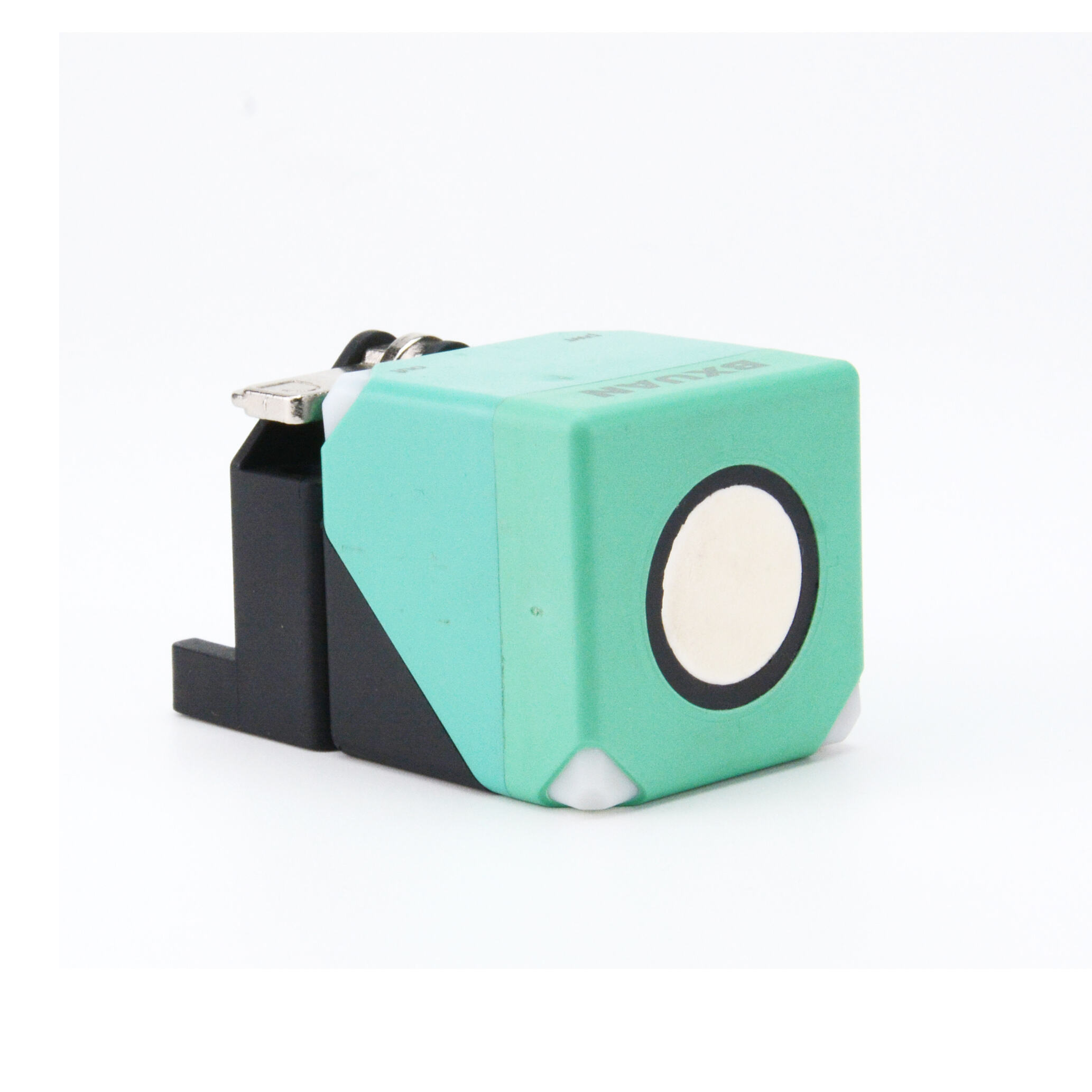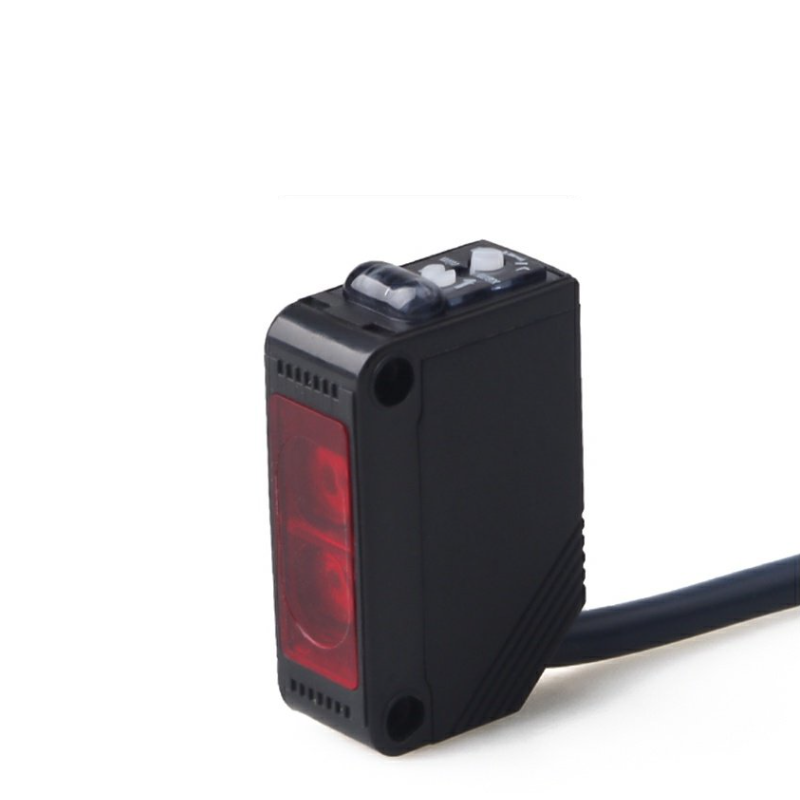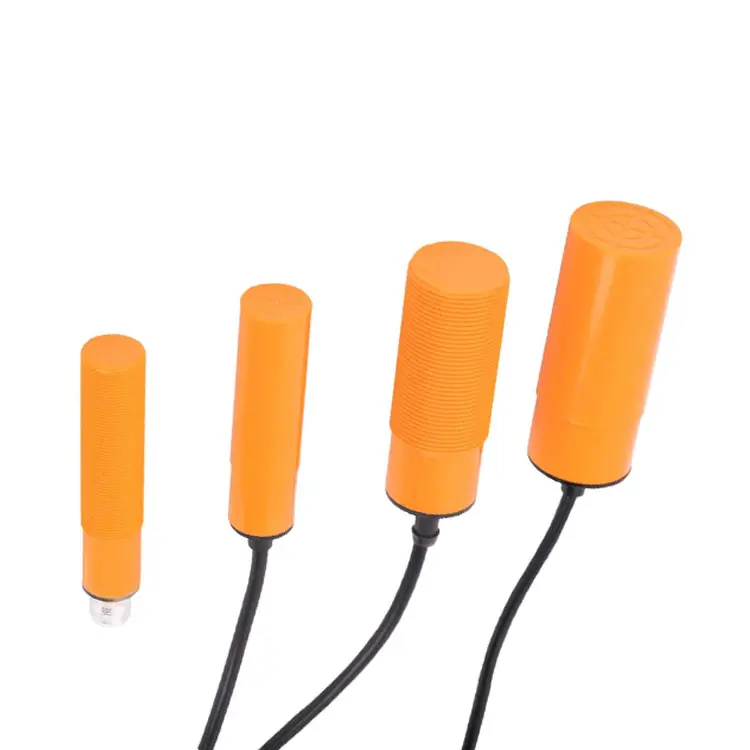Modern industrial automation and precision manufacturing rely heavily on accurate sensing technologies to maintain optimal performance levels. Among the various sensing solutions available today, optical sensors have emerged as critical components th...
VIEW MORE
Optical sensors have revolutionized modern technology by providing precise, non-contact detection and measurement capabilities across countless applications. These sophisticated devices utilize light-based technologies to detect changes in their envi...
VIEW MORE
Photoelectric sensors have revolutionized industrial automation by providing reliable, non-contact detection capabilities across diverse manufacturing environments. These sophisticated devices utilize light beams to detect the presence, absence, or c...
VIEW MORE
Modern automation systems demand precise, reliable detection capabilities that can operate effectively across diverse industrial environments. A photoelectric sensor represents one of the most versatile and dependable solutions for detecting objects,...
VIEW MORE
Modern industrial operations demand precise detection and measurement capabilities to maintain optimal efficiency levels. A photoelectric sensor represents one of the most versatile and reliable technologies available for enhancing process control ac...
VIEW MORE
Understanding the Impact of Modern Sensing Technology in Industry The industrial landscape is undergoing a remarkable transformation, with proximity sensor technology emerging as a cornerstone of automation and efficiency. These sophisticated devices...
VIEW MORE
Understanding the Resilience of Ultrasonic Technology in Challenging Industrial Settings Across various industrial applications, from manufacturing plants to offshore facilities, ultrasonic sensors have proven themselves as indispensable tools for re...
VIEW MOREUnderstanding the Power of Photoelectric Sensing Technology In the rapidly evolving landscape of industrial automation and sensing technology, photoelectric sensors have emerged as indispensable tools for reliable object detection. These sophisticate...
VIEW MORE
Understanding the Power of Ultrasonic Technology in Modern Automation The integration of ultrasonic sensor technology has revolutionized the landscape of industrial automation, offering unprecedented levels of precision and reliability in various app...
VIEW MORE
Understanding the Impact of Proximity Sensing Technology The industrial world has been revolutionized by proximity sensors, sophisticated devices that detect the presence or absence of objects without physical contact. These versatile sensors have be...
VIEW MORE
Understanding the Revolutionary Impact of Proximity Detection Technology In today's rapidly evolving industrial landscape, proximity sensors have emerged as a cornerstone of automated safety and operational efficiency. These sophisticated devices ser...
VIEW MORE
Understanding the Foundation of Modern Industrial Automation In the rapidly evolving landscape of industrial automation, proximity sensors have emerged as fundamental components that drive efficiency, safety, and precision in manufacturing processes....
VIEW MORE